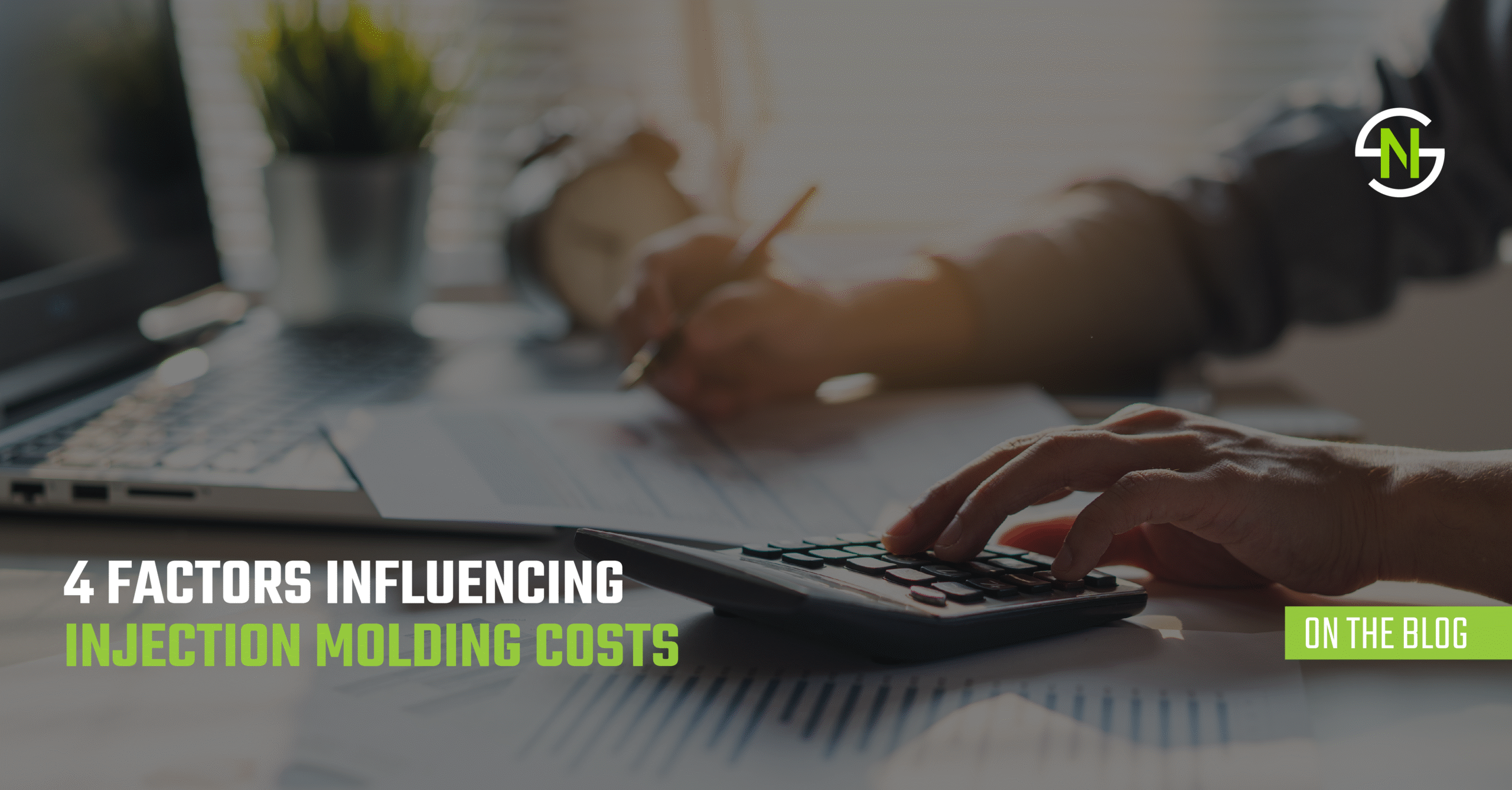
Did you know the average cost of injection molding a single part can range from $0.05 to $5, depending on part complexity and production volume? That wide range shows how crucial it is to understand and control the factors that impact cost.
In modern manufacturing, injection molding expenses play a critical role in determining product pricing, profit margins, and overall efficiency. This article will delve into the key components affecting injection molding costs and provide actionable insights for improving cost efficiency.
Factors Affecting Molding Cost
Several variables collectively influence the cost of injection molding. These include:
Material Choice
The selection of polymer material has a direct impact on costs. Different materials have varying prices, properties, and processing characteristics. For instance, high-performance thermoplastics often come with a higher price tag than standard commodity plastics.
Mold Complexity
The design and complexity of the injection mold itself play a crucial role in determining expenses. Complex molds require more time and resources during fabrication, which elevates initial costs. Likewise, intricacy in design may require more maintenance and potential adjustments over time.
Production Volume
Generally, larger production runs can lower the average cost per part due to the amortization of fixed costs over a greater number of items produced. This means that optimizing production quantities is paramount for cost efficiency.
Cycle Time
The time taken to complete each injection cycle has a tangible impact on overall costs. Reducing cycle time through efficient processes can lead to significant savings in labor and machine operating costs.
Molding Cost Analysis
For manufacturers, performing a thorough molding cost analysis is essential. Integrating advanced technologies like CAD and simulation software can help predict material flow, identify potential design flaws, and optimize mold design before production begins. These techniques minimize errors and rework, ultimately driving down overall costs.
Additionally, collaborating closely with suppliers can lead to insights into material specifications that might help reduce injection molding expenses. Bulk purchasing or negotiating contracts for lower prices can also contribute significantly to cost reductions.
Strategies to Reduce Molding Costs
To effectively reduce molding costs, manufacturers should consider the following strategies:
- Evaluate and choose materials smartly based on their application requirements, balancing cost and performance
- Leverage design for manufacturability (DFM) principles to simplify mold designs and reduce complexity
- Optimize the injection molding process by regularly reviewing cycle times and workflows to identify bottlenecks that can be eliminated
- Focus on preventative maintenance schedules for molding machines to enhance reliability and minimize unexpected downtime
By implementing these methods, decision-makers can effectively optimize injection molding costs for better profitability and operational efficiency.
Take Action to Optimize the Cost of Injection Molding
Understanding the cost of injection molding involves recognizing the multifaceted factors at play and employing effective strategies to streamline expenses. Knowledge is power in manufacturing; by applying this information, you can ensure your production process is as cost-effective as possible.
Want to slash your injection molding costs without cutting corners? Nova Stevensville delivers top-tier quality with low overhead, fast cycle times, and expert DFM support. From CAD to production, we streamline every step for maximum efficiency and savings.
Ready to boost your bottom line? Contact us now to make your next project more profitable!
